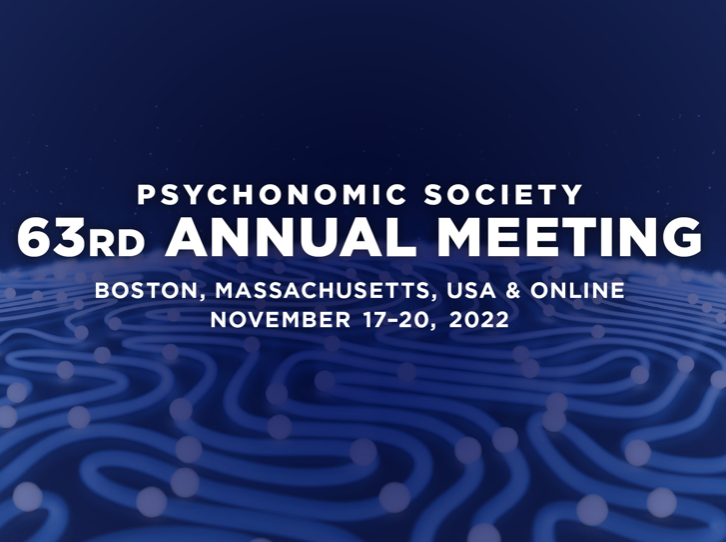
By Matthew Hays, Ph.D.
COVID-19 catastrophically disrupted classroom learning. Dormitories were emptied. High schoolers had lunch in virtual cafeterias. Kindergarteners tried to learn what personal space was over Zoom. The cost to social and interpersonal development is immeasurable and the impacts will be felt for generations.
But what about the cognitive cost? There is substantial evidence that learning suffered during the pandemic. The average student’s test score has plummeted and former honor-roll students are failing. Some students are now four grade levels behind.
The easy conclusion to jump to is that online learning doesn’t work. It’s an intuitive leap; it’s much harder for a teacher to see if a student is paying attention when they’re a tiny tile on a laptop screen than when they’re a real human in a classroom. And getting distracted can certainly cause learning to suffer.
But there’s not a strong relationship between how long students were in remote school and how much educational impairment they suffered.
So is distraction really the culprit? Is online learning so plagued with interruptions that learning is impossible? Or were the social and emotional stressors of the pandemic and lockdown more than enough to impair education?
To investigate how often online learners were distracted, we analyzed data from 2,145,977 university students across the world as they completed textbook companion modules from 2019 through September 2022. We used a standard mathematical outlier calculation to define when online learners were interrupted. We then looked at the overall interruption rate to see how often online learners were distracted. We also looked at changes in that interruption rate by month to see the impact of COVID-19.
We’ll be presenting the results at the 63rd Annual Meeting of the Psychonomic Society in Boston at noon on Saturday, November 19. Come on by to see what we found! If you can’t make it in person, join us online.







